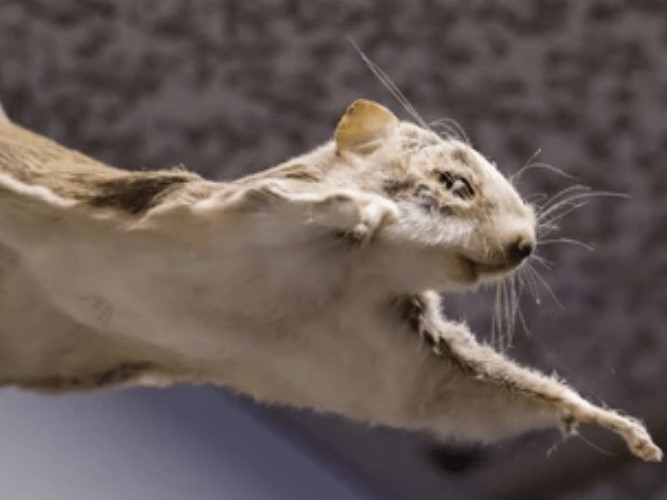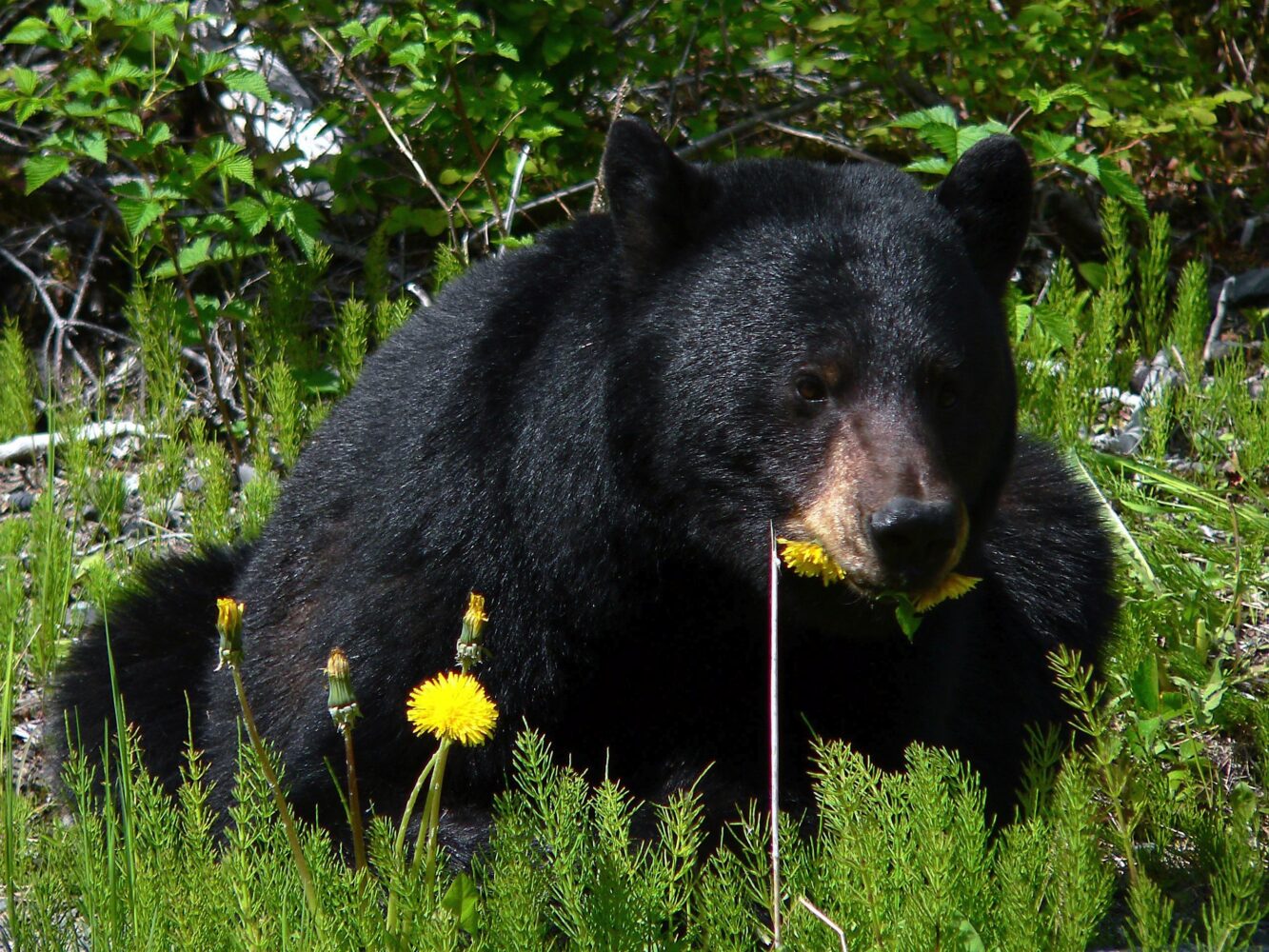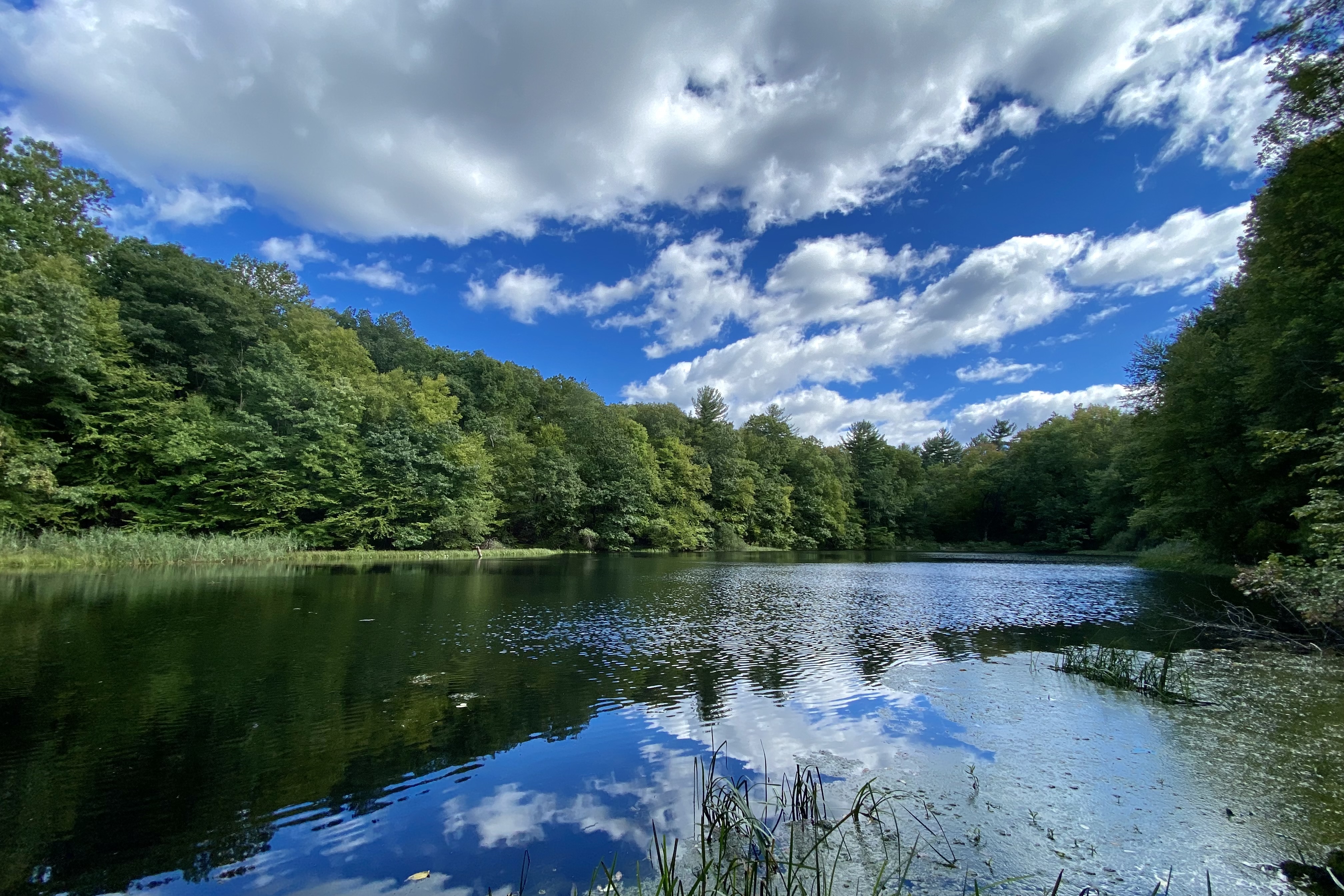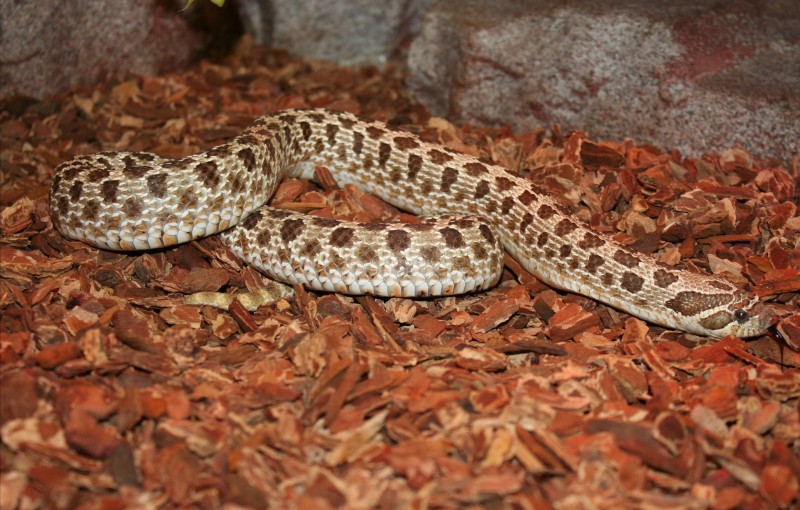Why Do Animals Hibernate When It's Cold?
As winter draws near and the holiday season is upon us, the temperature is not the only thing that is beginning to change. If you pay close enough attention, the wildlife behavior is changing too.
What is Hibernation?
Hibernation is defined by Oxford Dictionary as “the condition or period of an animal or plant spending the winter in a dormant state.” We can think of hibernation categorized in two ways: as daily torpor* and long-term torpor. Daily torpor is commonly achieved during sleep, but is different from the sleep you and I look forward to at the end of every day. Long-term torpor is what we generally think of when we use the term “hibernation,” which lasts for several days rather than hours at a time. No matter the category, the process is the same: an organism's most energy-consuming bodily functions slow for a period of time.
*Torpor is a state of physical or mental inactivity; lethargy.
Only animals that experience snow hibernate, right?
Wrong. The process of hibernation is used by more than just cold climate species. Hibernation is often used by organisms during unfavorable conditions to reserve energy, like when food is less available, but it is also used to permit energy demanding processes such as growth. For example, a groundhog will undergo long-term torpor during the winter months when food is less available to save energy, but a mouse may undergo daily torpor in order to grow. Even species that have adapted to migrate, such as some birds, often use daily torpor. How else would they be able to fly that many miles!
Which Animals Hibernate and What Is Torpor?
All living organisms are classified as either endothermic or exothermic. Endothermic creatures create their own heat and therefore require a higher nutritional diet than exotherms, who do not create their own heat. In other words, endotherms require more energy than exotherms. This means that exothermic organisms, because they do not create their own heat, are more vulnerable to the temperature of their habitat than endotherms.
Most animals and plants are exothermic and are therefore highly impacted by a changing climate. Most mammals, like us, are endothermic. Endothermic organisms are able to maintain, and even raise their internal body temperature during hibernation. Exothermic organisms do not create their own heat and are sadly known for freezing to death during hibernation due to the cold weather.
Why do animals hibernate?
For a long time, it was thought that seasonal changes in temperature were the main reason for hibernation. However, it has since been proven that food is the main driver for hibernation. From the dry season in the tropics to the winter months in the arctic, organisms hibernate when faced with a lack of food. That being said, organisms in your local Westchester region recognize that during the cold months, food availability will be low, and naturally will begin hibernation processes when colder temperatures creep in.
If, for example, you’re on a walk in the woods and come across an animal you would have expected to be in hibernation, it’s likely that animal either did not store enough fat on its body to maintain essential bodily functions during hibernation or did not gather enough of a nutritionally valuable food supply to last through the winter months.
So, what can you expect to hibernate in the winter months in Westchester County? In New York, some common hibernators include squirrels, mice, chipmunks, black bears, moles, groundhogs, and some rodents. Within these, squirrels, mice, chipmunks, and moles are daily torpor organisms while black bears, groundhogs and rodents are long-term torpors. But, don’t be fooled, organisms that hibernate are not dead to the world. They’re simply in a dormant state, from which they can be woken up.
~ Westmoreland Sanctuary Staff

Pictured is a Flying Squirrel which can be seen in the Sanctuary's woods and is considered a daily torpor organism.

Pictured is a Black Bear, which are very rarely spotted within the Sanctuary and are considered long-term torpor organisms.
References:
- Geiser, F. (2013). Current Biology. Hibernation, 23(5), R188-R193. https://www.sciencedirect.com/science/article/pii/S0960982213001310
- Oxford English Dictionary. 2nd ed. Oxford: Oxford University Press, 2004.
- Peaslee, J. (2019, October 30). Wildlife's Winter Preppers and more! Cornell Wildlife Health Lab. https://cwhl.vet.cornell.edu/article/wildlifes-winter-preppers-and-more


